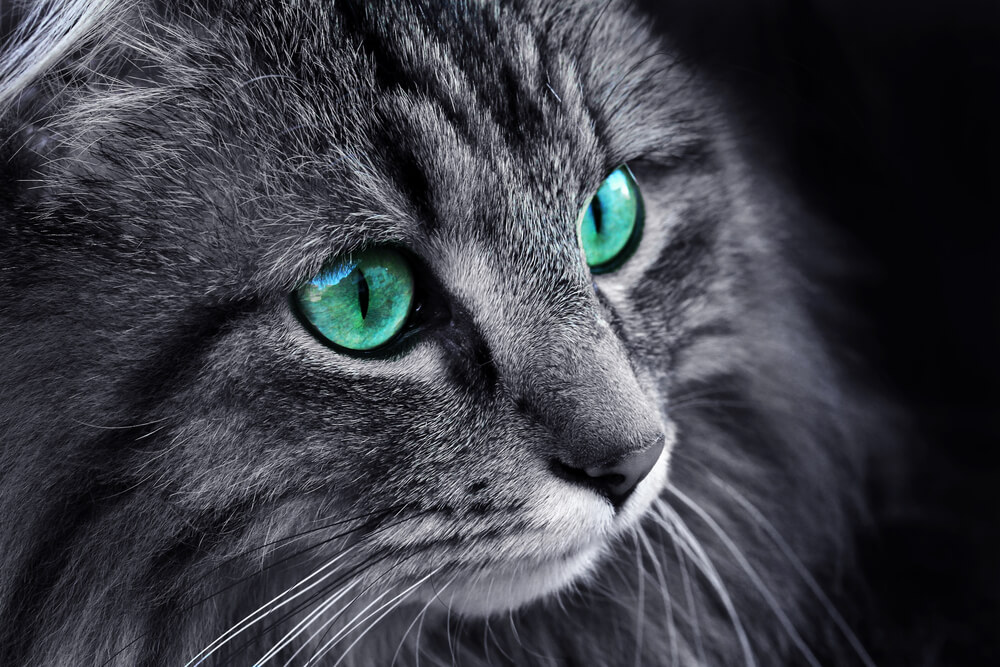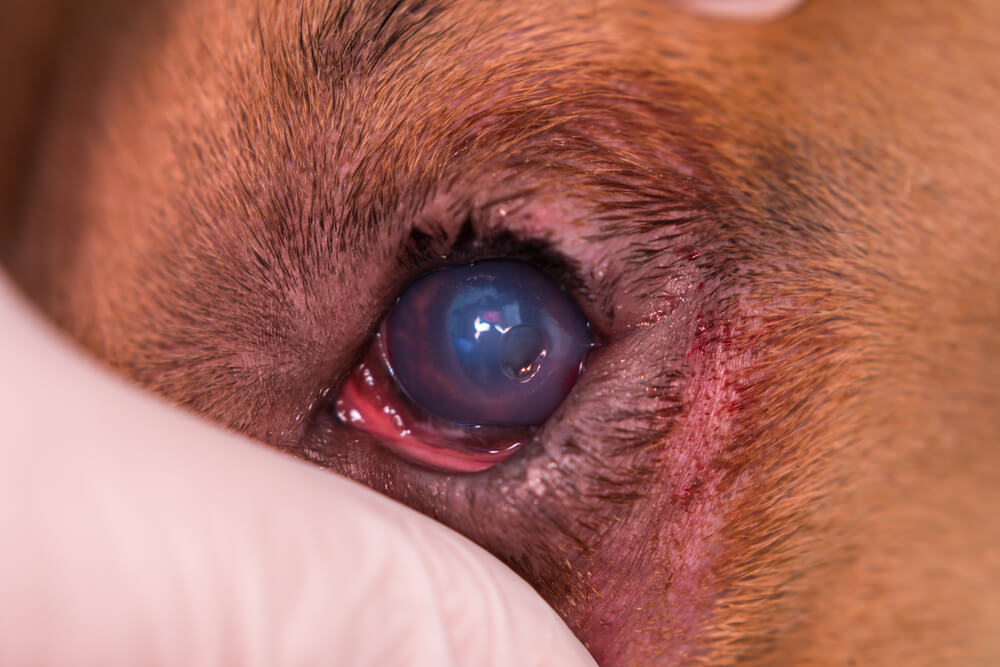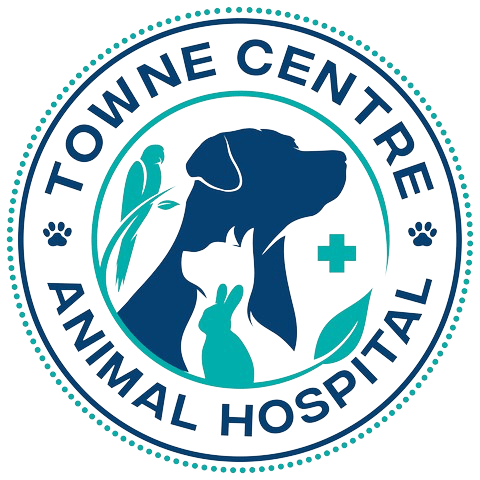
As devoted owners, we spend a lot of time gazing at our pet. Such loving moments make identifying common eye abnormalities, such as irritation, swelling, and discoloration, an easy task. These changes may alarm you, but do you know whether you should be concerned? To help clarify the fuzzy details, Towne Centre Animal Hospital has composed this helpful guide of common pet eye disorders.
Eye disorder signs
When we notice something strange blocking our pet’s loving stare, we naturally panic—are they in pain, will their expression change, will they lose their sight? However, you must stay calm, because your nervous behavior will only frighten your pet, and may worsen their condition if they are already stressed by the change in vision.
Instead, call Towne Centre Animal Hospital if you notice the following ocular changes:
- Redness
- Squinting
- Swelling under or around the eye
- Eye bulging
- Cloudiness or discoloration
- Excessive drainage
- Pawing at the eye, or rubbing the face
- Sudden behavior change, such as aggression, shying away, or flinching
Our team will ask you to describe your pet’s symptoms, to determine if their condition is emergent, or stable enough to wait until a regular appointment.
Common eye disorders in pets
Any change in your pet’s eye could signal a potential problem, but the diagnosis will indicate severity.
- Glaucoma — Glaucoma is an ocular emergency. In a healthy eye, fluid pressure must be precisely maintained—a delicate balance of fluid production and drainage. However, when the drainage is interrupted, pressure rises rapidly, leading to extreme pain and vision loss. Glaucoma can affect one or both eyes, and requires emergency treatment to relieve the pressure—which may require enucleation (i.e., eye removal).
Glaucoma is rare in cats, but common in dogs. Signs include eye redness, cloudiness, bulging, excessive tearing, vision loss, lethargy, and personality changes.
- Cataracts — The lens is a transparent layer deep inside the eye between the iris and the pupil, and is naturally transparent to allow light to pass through, but the lens becomes milky white in a pet who has a cataract. Although cataracts are not painful, they prevent light from reaching the back of the eye, causing vision impairment or total blindness.
Cataracts can be surgically removed, but because they aren’t painful and pets adapt well to vision changes, many owners do not pursue treatment. If your pet’s eye appears discolored, have them examined at Towne Centre Animal Hospital.
- Lenticular sclerosis — Pet owners often mistake this naturally occurring lens discoloration for cataracts. As your pet’s eyes age, the lens hardens and develops a blue-gray haze. Lenticular sclerosis is not painful, and does not significantly impact vision, but because the condition is often confused with cataracts, a veterinary diagnosis is necessary.
- Conjunctivitis (i.e., pink eye) — This disorder is one of the most common eye issues among pets. Conjunctivitis occurs when the eye lining (i.e., conjunctiva) becomes irritated or infected, and then inflamed. Pets may develop infection secondary to irritation from debris such as dust, seeds, or allergens.
Pets with conjunctivitis have red, irritated eyes that tear excessively, or produce yellow-green discharge.
- Corneal ulcer — The cornea is the eye’s outermost covering, and is made from a thin layer of epithelial cells that can be easily damaged by scratches, punctures, and foreign objects, such as seeds and grasses, and result in a painful ulceration.
Pets will squint and rub at the affected eye, which may be red and swollen. A simple outpatient eye test (i.e., fluorescein stain test) can diagnose ulceration. Treatment usually includes antibiotic eye drops, plus pain medication for large or deep ulcers.

- Keratoconjunctivitis sicca (i.e., chronic dry eye) — Tears bathe and lubricate the eye to provide essential nourishment, and regularly clear tiny particles and debris. Insufficient tear production—caused by congenital conditions, medication use, or surgical third-eyelid removal—results in a dry, damaged, painful eye.
Treatment involves lifelong medication to stimulate tear production, and supplemental artificial tears.
- Prolapsed third eyelid (i.e., cherry eye) — Dogs and cats have a third eyelid that is usually tucked in the corner of the eye near the nose. This eyelid contains a tear duct and is held in place with a small ligament. During stress, illness, or anesthesia, this eyelid will temporarily protrude, but usually returns to its place on its own. However, if the ligament is weak from a genetic abnormality, the eyelid will protrude into the eye, and resemble a small cherry.
This condition will irritate the pet, and requires surgical correction to tack the eyelid into place. Third eyelid removal is not recommended, because that will lead to chronic dry eye.
We have listed only a small number of the most common ocular conditions and injuries. Any noticeable change in your pet’s eyes, vision, or behavior is cause for concern. If your pet is experiencing any of these signs, don’t wait—schedule an appointment at Towne Centre Animal Hospital.
